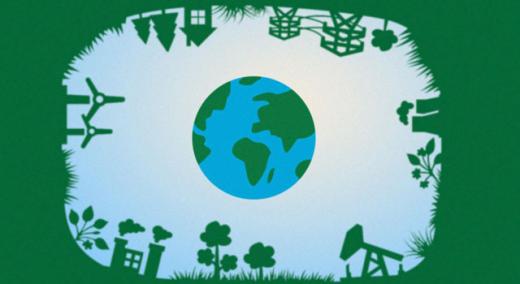In 1924, a cartel of light bulb manufacturers including General Electric and Philips agreed to artificially limit the lifespan of their products to about 1,000 hours—down from 2,500. The scandal, revealed decades later, came to epitomize the linear consumption model of making, consuming, and then discarding products that took hold during the Industrial Revolution and has been dominant ever since.
|
ADVERTISEMENT |
It may have enriched individual firms, but this system is reaching a dead end. It’s economically inefficient and environmentally damaging. Its costs range from the pollution of air, land, and water to sharp fluctuations in the prices of raw materials and potential disruptions to supply chains.
“The linear model depletes the planet of its natural resources, it damages ecosystems, and creates lots of waste and pollution in the process,” says Barchi Gillai, the associate director of the Value Chain Innovation Initiative (VCII) at Stanford Graduate School of Business. “It’s an unsustainable model. It cannot continue.”
…

Add new comment